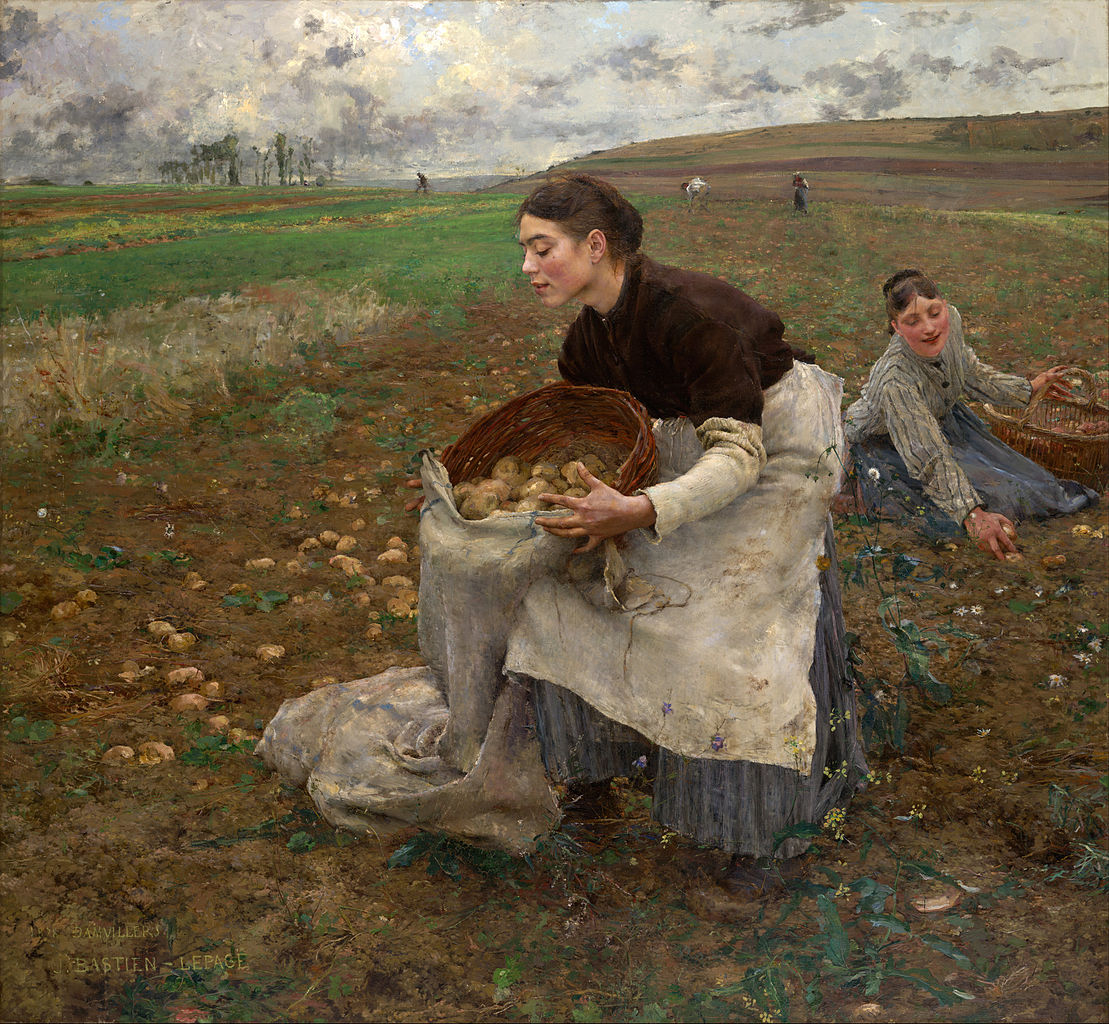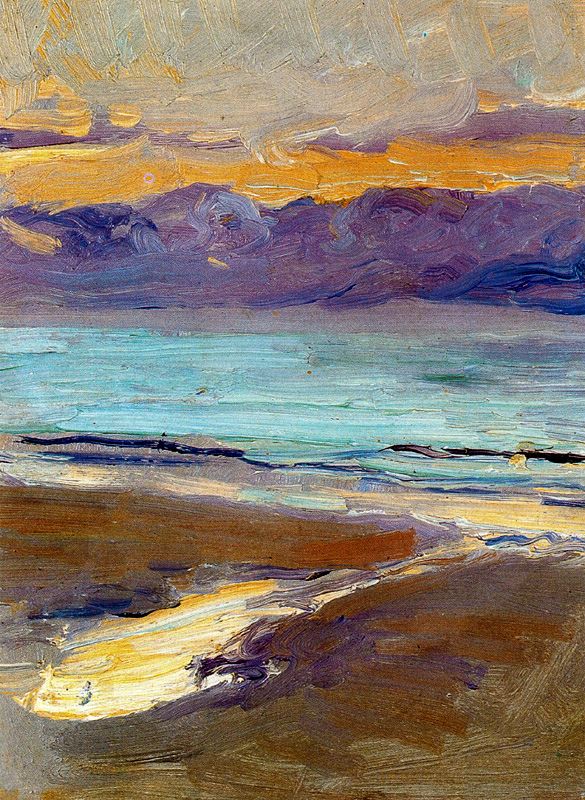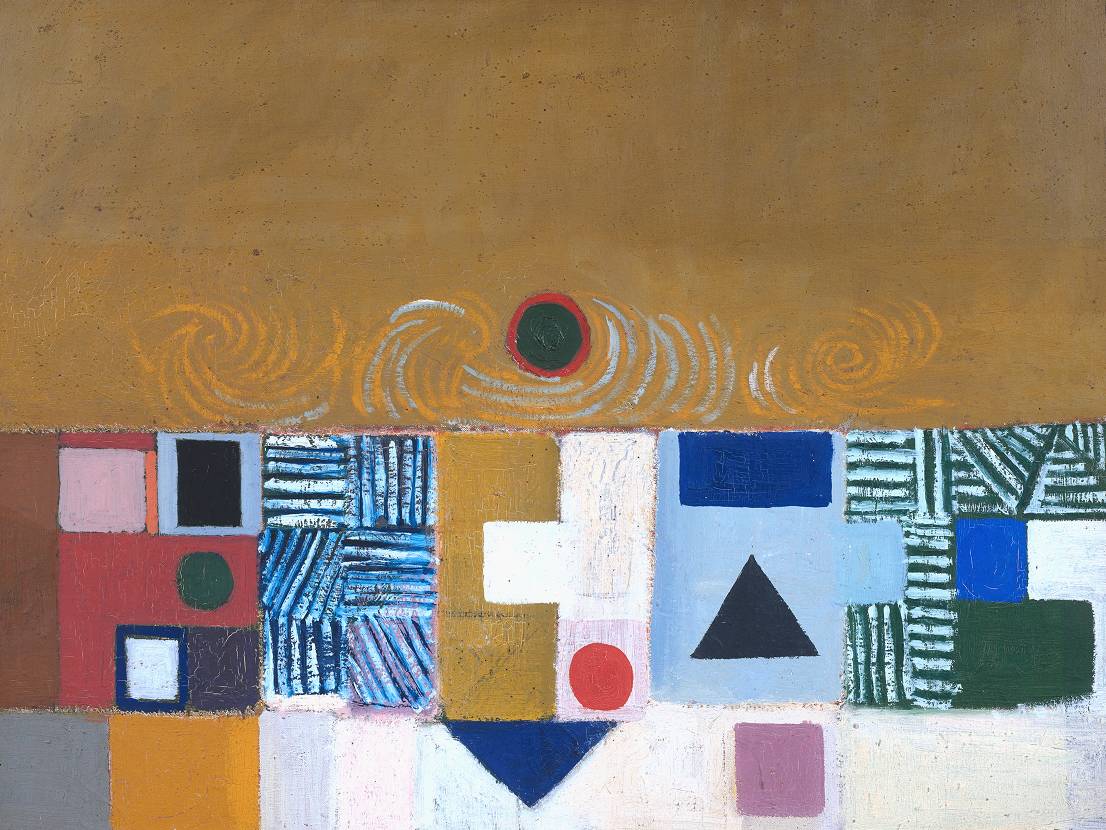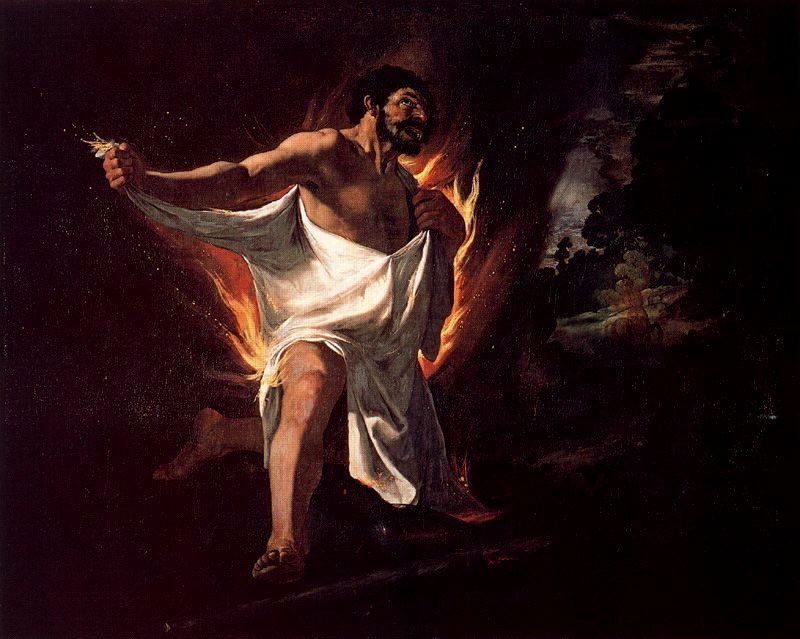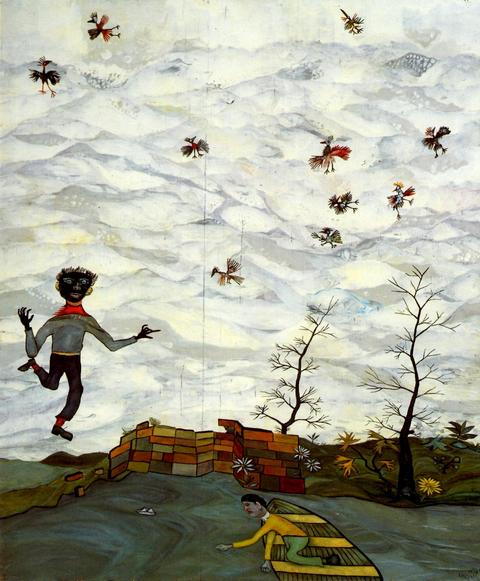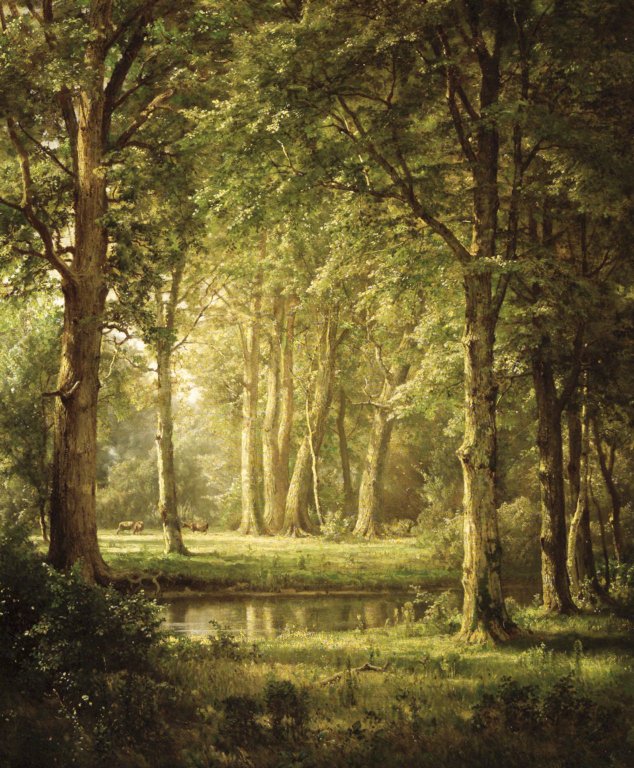Peter Bruegel the Elder, Landscape with the Fall of Icarus, c1558
28.9 x 44.1 in.
Peter Bruegel the Elder (1525-1569) was a Dutch Renaissance painter and printmaker, and one of the most major enduring figures of that group. Bruegel was born in or near the town of Breda and became an apprentice to the painter Pieter Coecke van Aelst, whose daughter, Mayken, Bruegel married. He traveled in France and Italy, and settled in Antwerp where he was accepted into the painter's guild in 1551. He later moved to Brussels. Bruegel had success in his life, receiving commissions from a number of wealthy patrons. Both of his sons became successful painters, Peter the Younger and Jan the Elder. It is clear from his art that Bruegel was interested in the everyday lives of peasants and he even dressed up as a peasant to attend weddings and social events to gain inspiration and authenticity for his art. Indeed, peasant life is the subject of some of his most famous paintings. Landscape with the Fall of Icarus, a rather famous painting itself, is actually in the same vein. The authorship of this painting is actually in question and the version we have may in fact be a copy of Bruegel's original by one of his students or followers done around 1590, but the truth is unclear. Either way, it is Bruegel's own vision that is preserved for us. He devotes very little of the painting to the tragic death of Icarus, which one might expect to be the central and most exciting part of the painting. However, Bruegel shows us a different view of the myth. He depicted the story in an engraving from 1562 which shows an earlier moment of the story, with Daedalus flying and Icarus, too close to the sun, just beginning to fall. Even in that piece the father and son appear quite small compared to the ship and sea. In this painting, the beautiful landscape and laboring farmer are most prominent. The farmer on the cliff with his plow does not look up from his work, but a shepherd on the cliff below him does. He raises his head at the sound of a splash but is looking in the wrong direction and has no idea what has happened. In fact, Icarus is hard to see even for us. In front of the ship and near the shore, his leg sticks out from the water as he drowns. A nearby fisherman does not even seem to have noticed. This detail shows the small part of the painting where Icarus is seen. At first it may seem an odd choice to portray the myth in this way. However, it is quite profound and stunningly sad. Icarus flew too close to the sun and his wings melted, so he fell and drowned. But the world goes on without noticing. There is no stopping of work, no attempt to save him. No one even knows that his boy is dying. Nearby, Daedalus mourns and cries for his son, but here it makes no impact. Bruegel masterfully shows the senselessness of this death and the true tragedy of this life cut short.



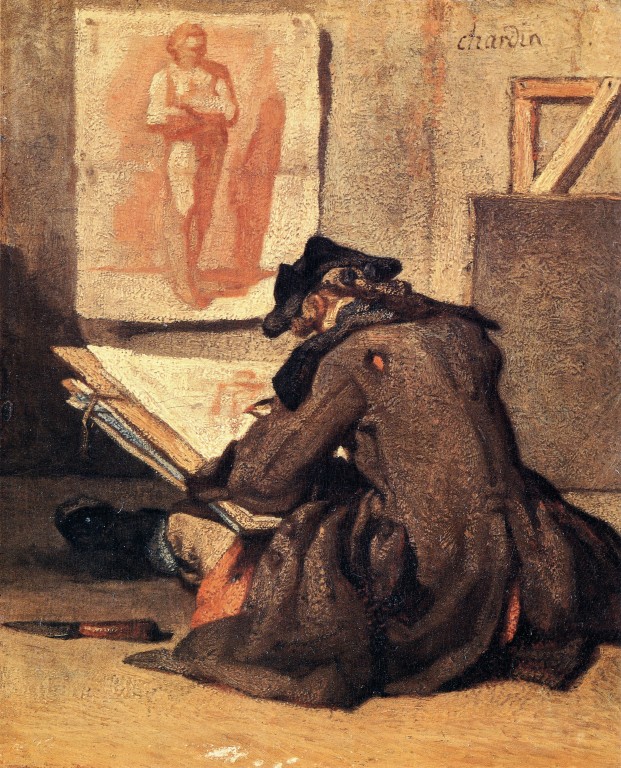


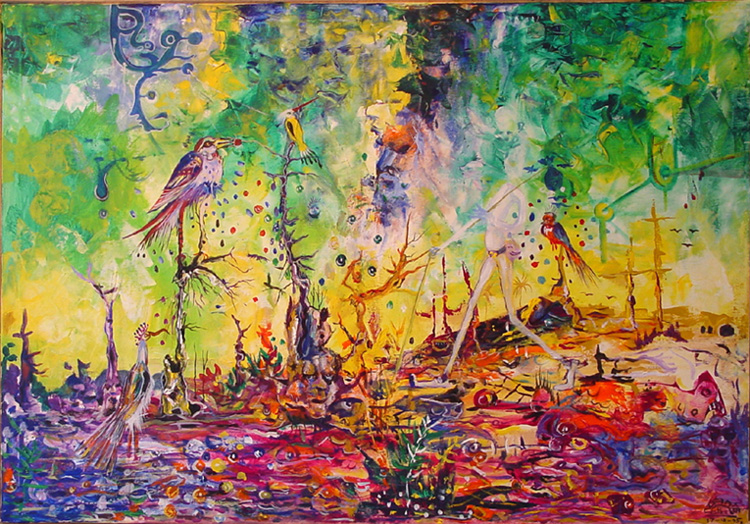



%2C_Vernal_Fall%2C_400_Feet%2C_Valley_of_Yosemite_-_Google_Art_Project.jpg/804px-Eadweard_Muybridge_-_Pi-Wi-Ack_(Shower_of_Stars)%2C_Vernal_Fall%2C_400_Feet%2C_Valley_of_Yosemite_-_Google_Art_Project.jpg)

